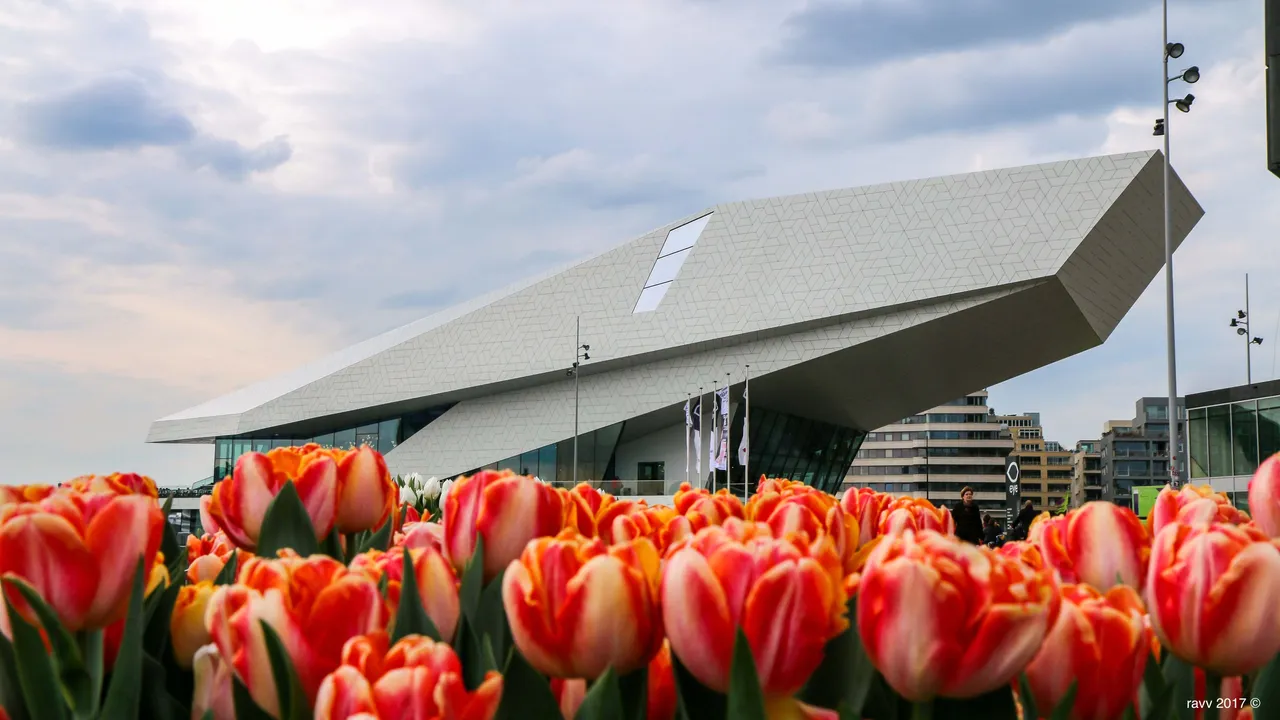
Is Bitcoin a bubble?
This is one of the most frequently asked questions, especially after Bitcoin's price shot up from $1,000 earlier this year to nearly $20,000 early this month.
When people talk about bitcoin’s price rise, they inevitably compare bitcoin to tulips, one of history's earliest and most famous bubbles in the 17th century.
However, this post is not about bitcoin nor is it directly about tulips. This post is about the trip I took with my family to Amsterdam, the capital of tulips.
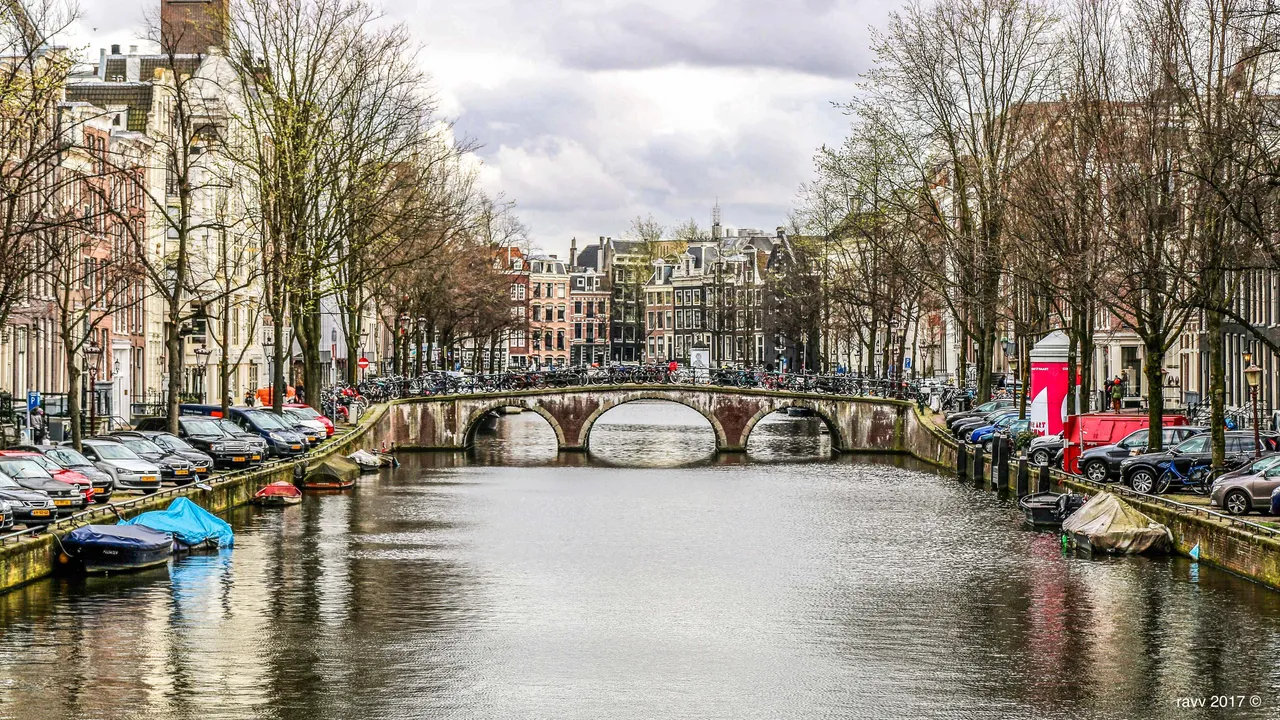
Tulip was the first thing I thought of before visiting Amsterdam. But my impression changed after our visit to Amsterdam in April earlier this year. There was so much more to Amsterdam than tulips. Most striking was the spider network of canals and the architectural idiosyncrasies of the buildings along the canals.
There are many methods to explore the canal rings: by foot, by bicycle or by boat.
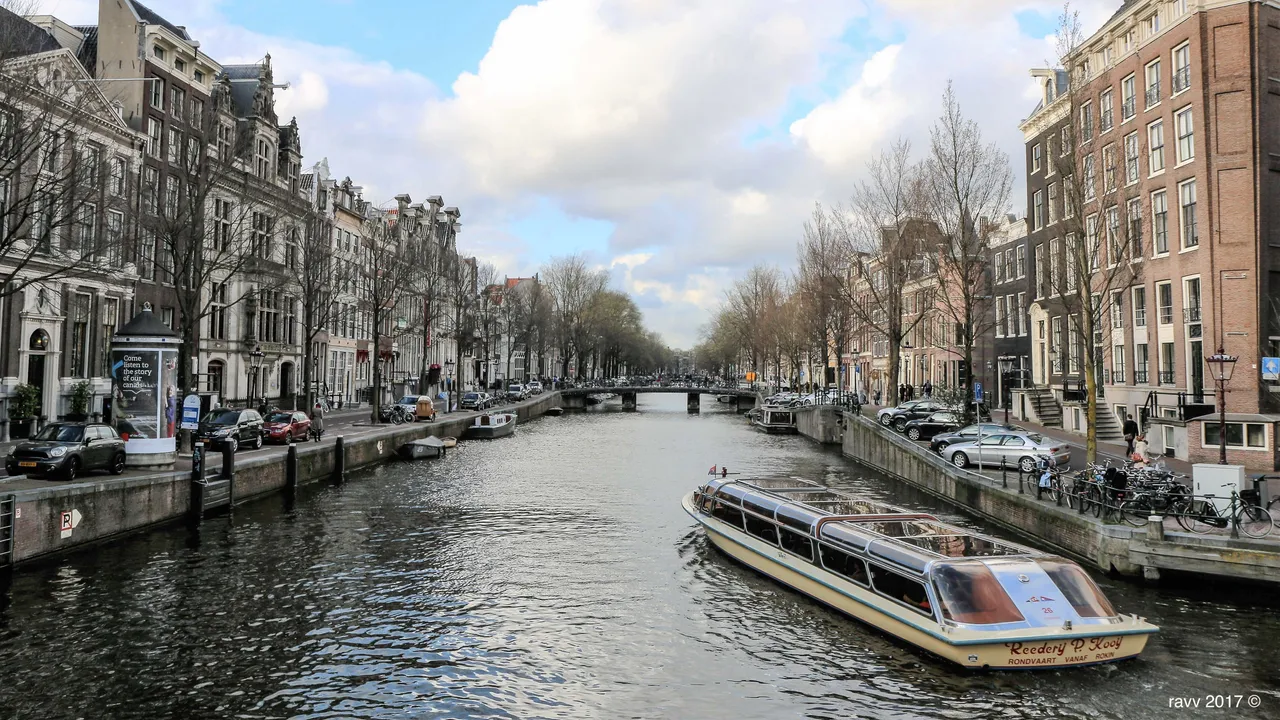
On our first day in Amsterdam, we took a boat tour through the canals. This was a good start as it provided an opportunity for us to explore the city, the canals and the surrounding areas without wasting our energy. There was also an electronic guide explaining each part of the city as we passed by.
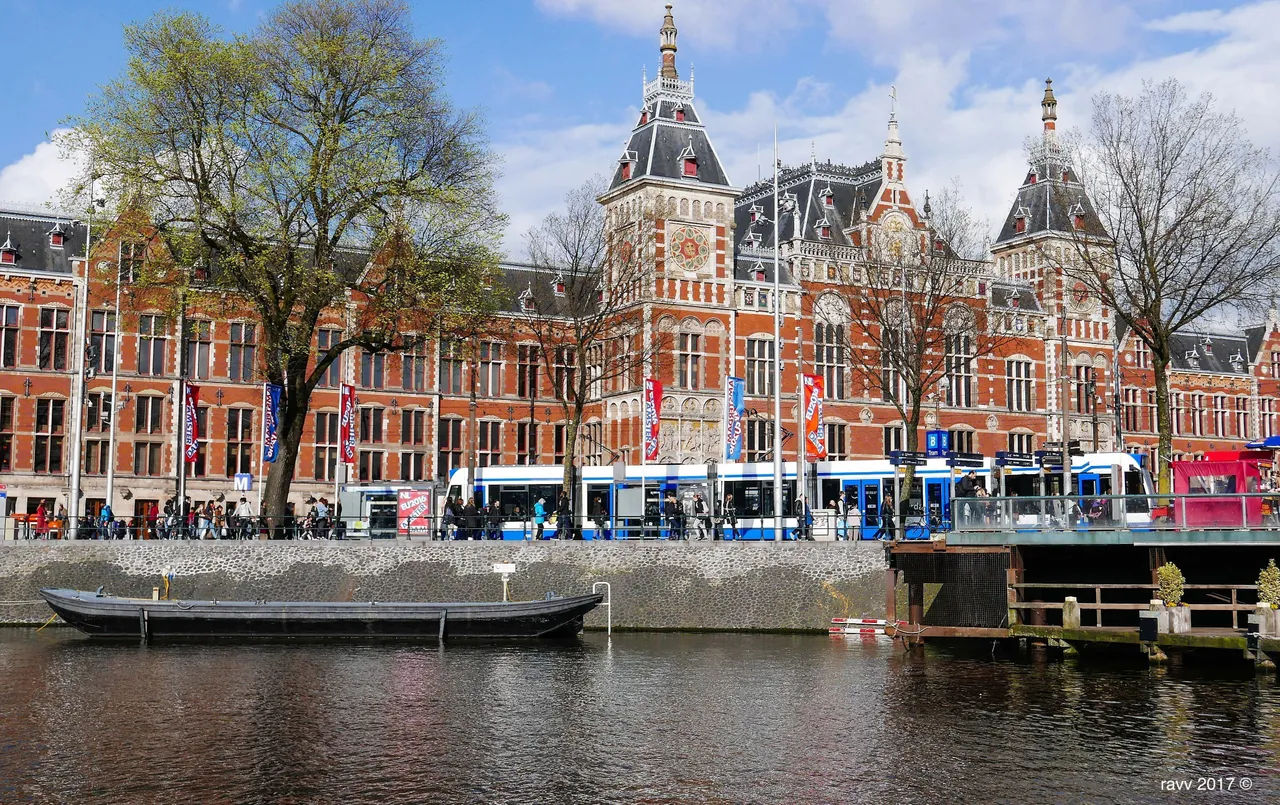
Starting from Central Station, the boat took us through the canal. There were buildings of all shapes and sizes from tall, narrow houses to houses with different shapes of gables.
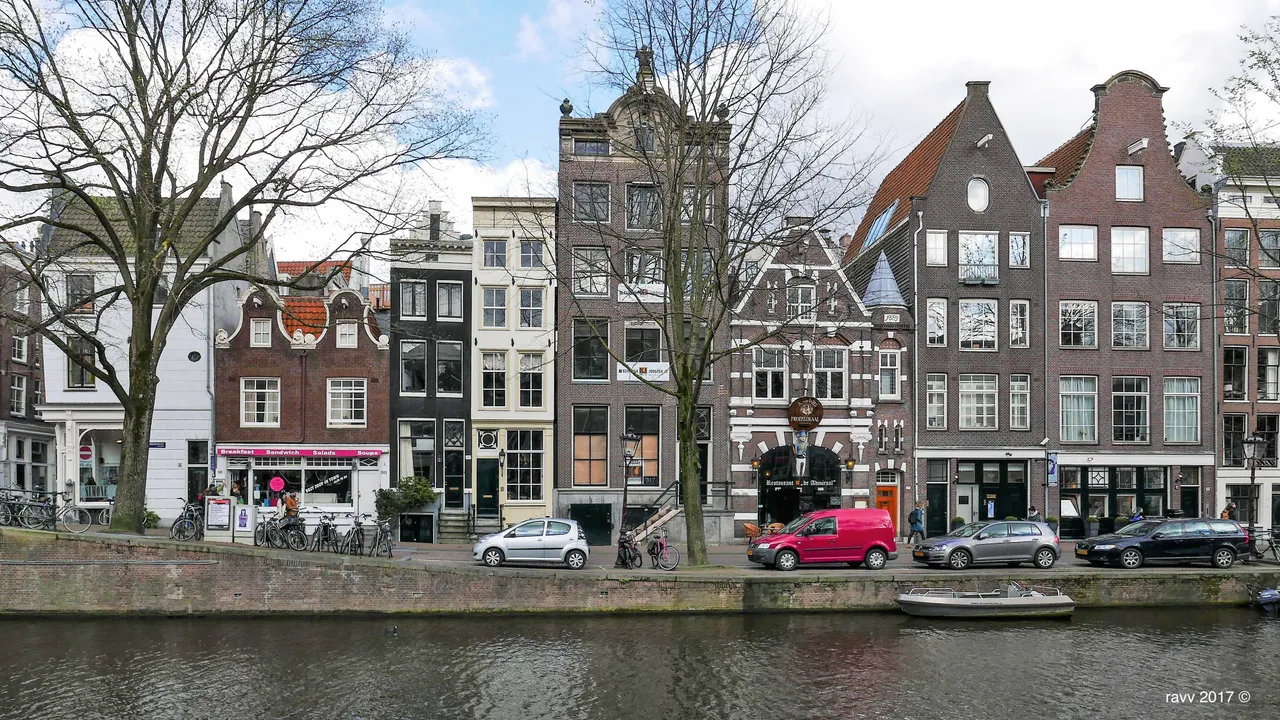
The first question that struck our minds was why these buildings were so skinny and tall?
This was because in the 15th century, taxes were charged according to the width of the frontage of the house. Meaning that the narrower the frontage, the cheaper the taxes were.
Besides from the narrow structure of the building, most buildings also had gables. It was something unfamiliar to us as we do not have gables where we came from or in other countries we had visited.
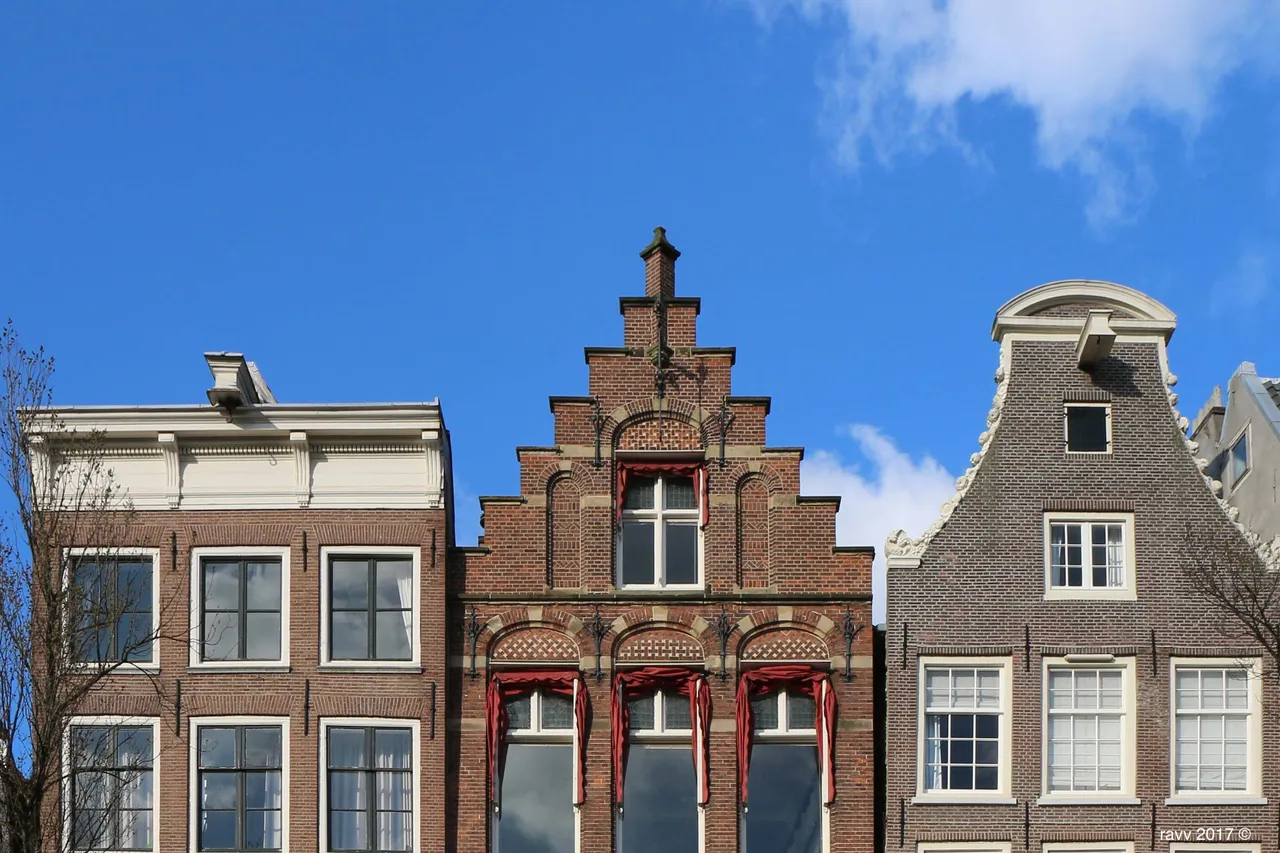
These gables have historical value to them and the design of the gables evolved through time.
The simple triangular gables were example of houses building in the 15th-century. These were mostly wooden houses. From 1600 onwards, step and spout gables were introduced. The bell gable came in late 17th century. These had a more solid construction using bricks and sandstone.

Step gables are very common in the Old Centre of Amsterdam. This style is characterised by a series of steps on each side rising to meet in the center. The steps are often topped with white sandstone blocks.
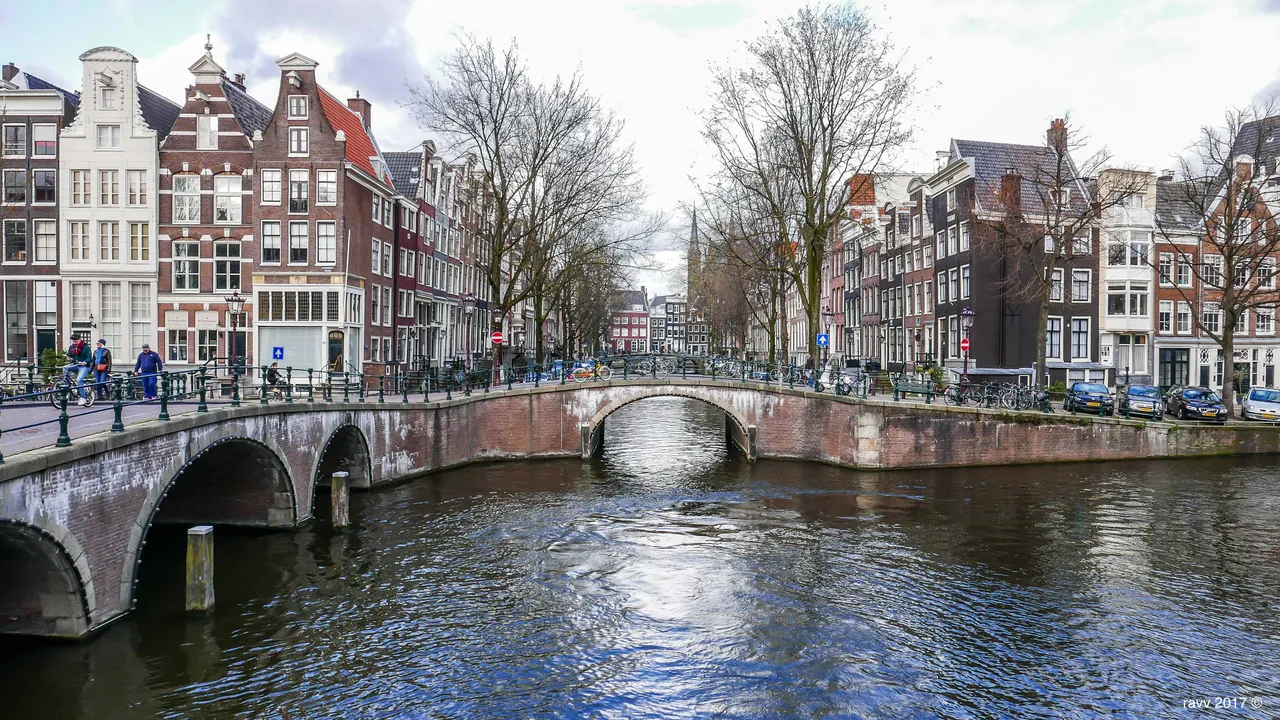
Café papeniland is a classic example of step gable. It is located on the corner of Prinsengracht and Brouwersgracht.
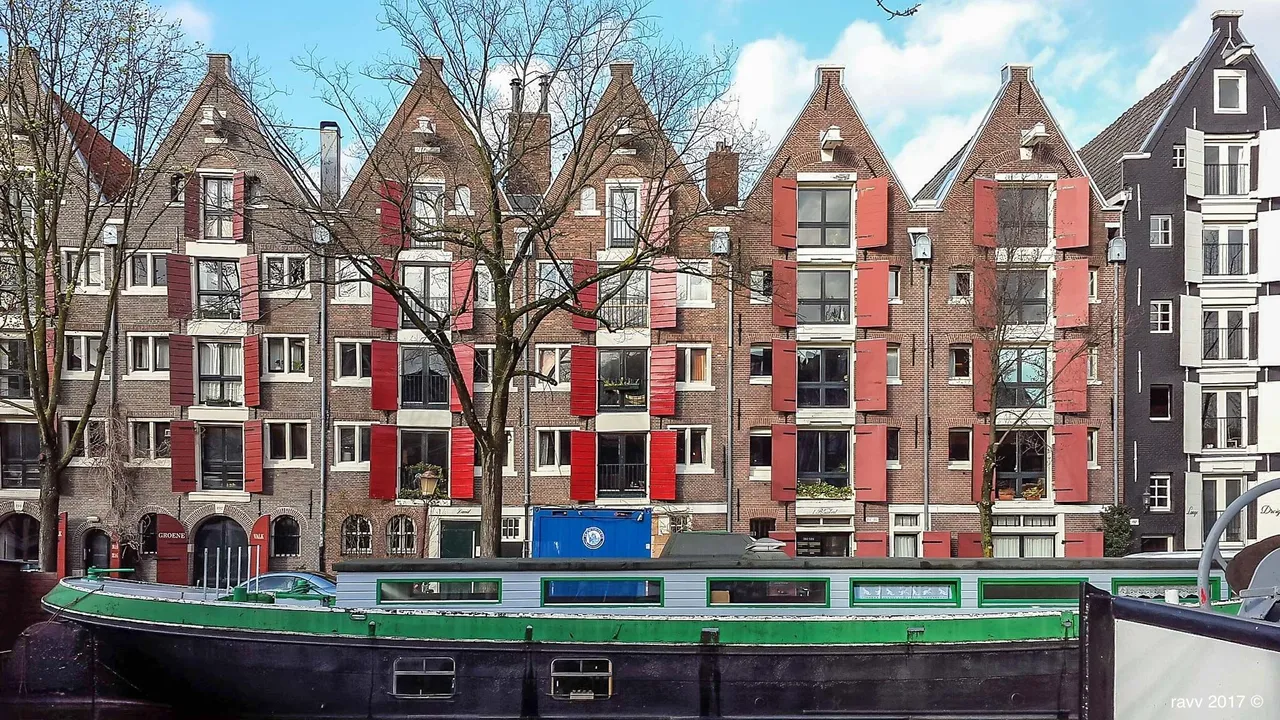
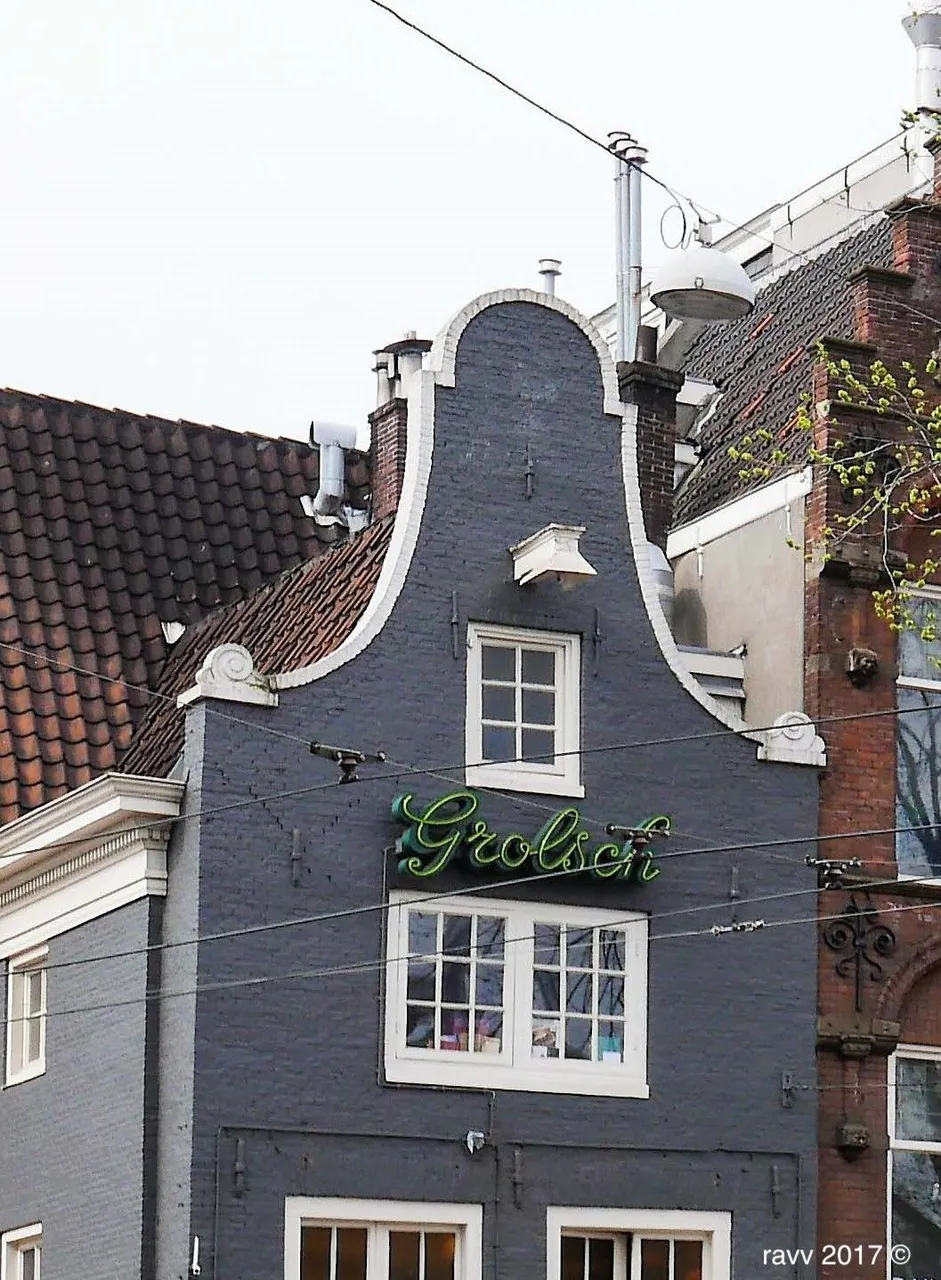
Bell gable took the shape of a church bell, made of bricks and has sandstone scroll-like decorations on the edges. The decorative sandstone is similar to the white wigs which were fashionable in 18th century.
In addition to the gables, the houses also had hooks.
Because these houses were skinny, the staircases had to also be narrow. This meant that it was extremely difficult to move large, bulky objects like couches and furniture up and down the steep and narrow staircases.
In order to solve this problem, a hook is installed in the gable along with a pulley wheel and rope which can be detached. Large objects are pulled up using the rope and pulley, and hauled in through the windows.
Upon closer inspection, we noticed another unique factor, many of these houses leaned forward. It looked as though the building could simply fall in front. However, this was designed for a purpose. It was to prevent items from colliding with the building façade as they were pulled up. It truly was a genius design.

Along the canal tour, we passed a beautiful wooden drawbridge. The bridge could be opened up to let boats through. The original one was built in 1670. It had narrow design at first, which was why it received the name Magere brug (skinny bridge). Some said it was named after the two sisters, Mager, whom lived on either side of the Amstel. The bridge was widened in 1871 and was last renovated in 2010.
The Magere brug is the best-known bridge among over 1,400 bridges found in Amsterdam.
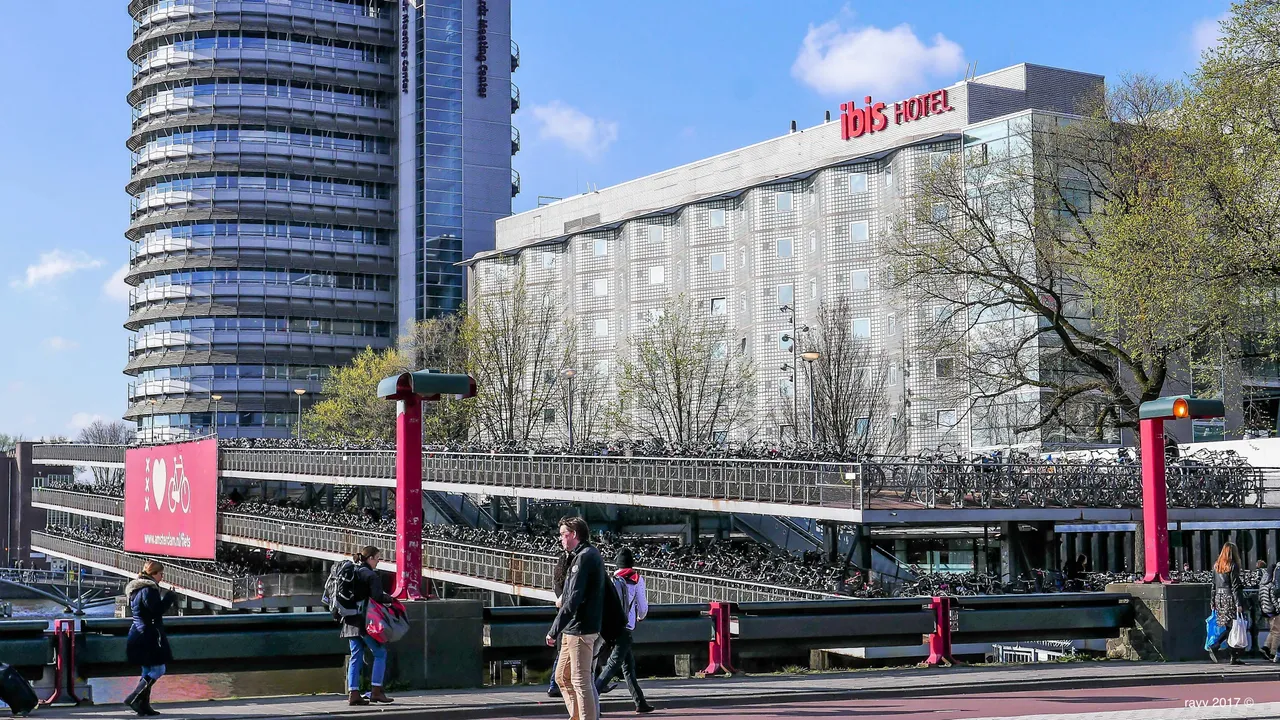
After the pleasant boat ride, we continued by foot to explore the inner city.
There were bicycles everywhere.
We saw large parking lots for bicycles near Central Station. Some of the bicycles were parked by the side of the fence along the bridges which made a perfect scenery.
The local governor in my hometown had tried for so many years to promote the usage of bicycle, but never succeeded. We wondered how Amsterdam managed to succeed at this level.
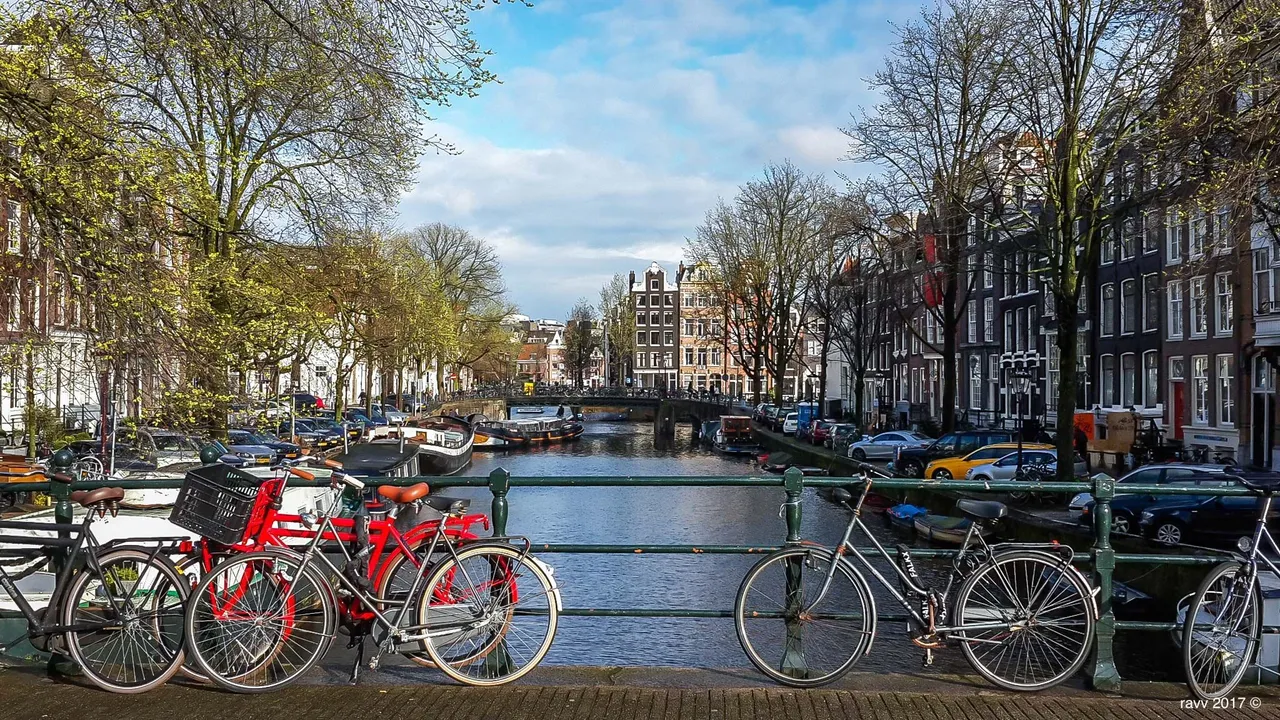
We decided to research on this topic and found that the story dated back to the early 20th century.
During that time, the number of bicycles far outnumbered cars. It was only after the post-war era that the Dutch economy began to boom, and more citizens were able to afford a car. To make way for this change in transportation method, the entire neighbourhood of Amsterdam was destroyed and reconstructed to support cars. It is estimated that the usage of bicycle decreased by 6% yearly.
However, as the number of cars increased, so did the number of traffic casualties, especially children who played on the streets. This led to protests by various groups. One of the most memorable groups was Stop de Kindermoord (Stop the Child Murder).
Stop de Kindermoord took actions in various methods from holding bicycle demonstrations, occupying accident blackspots, to organising special days whereby streets were closed to allow children to play safely.
Stop de Kindermoord was later subsidized by the local government and new ideas such as the woonerf was developed. These were people-friendly streets with speed bumps which forced cars to drive slower. To this day, woonerf could still be found in many cities in the Netherlands.
Two years following the establishment of Stop de Kindermoord, another group of activists introduced the First Only Real Dutch Cyclists’ Union. The Union demanded more space for bicycles on the street.
Furthermore, the high number of traffic deaths proved to be a serious concern for many politicians. There was also an increase in awareness of pollution caused by motor vehicle.
These were some of the reasons for the high number of bicycles in Amsterdam.
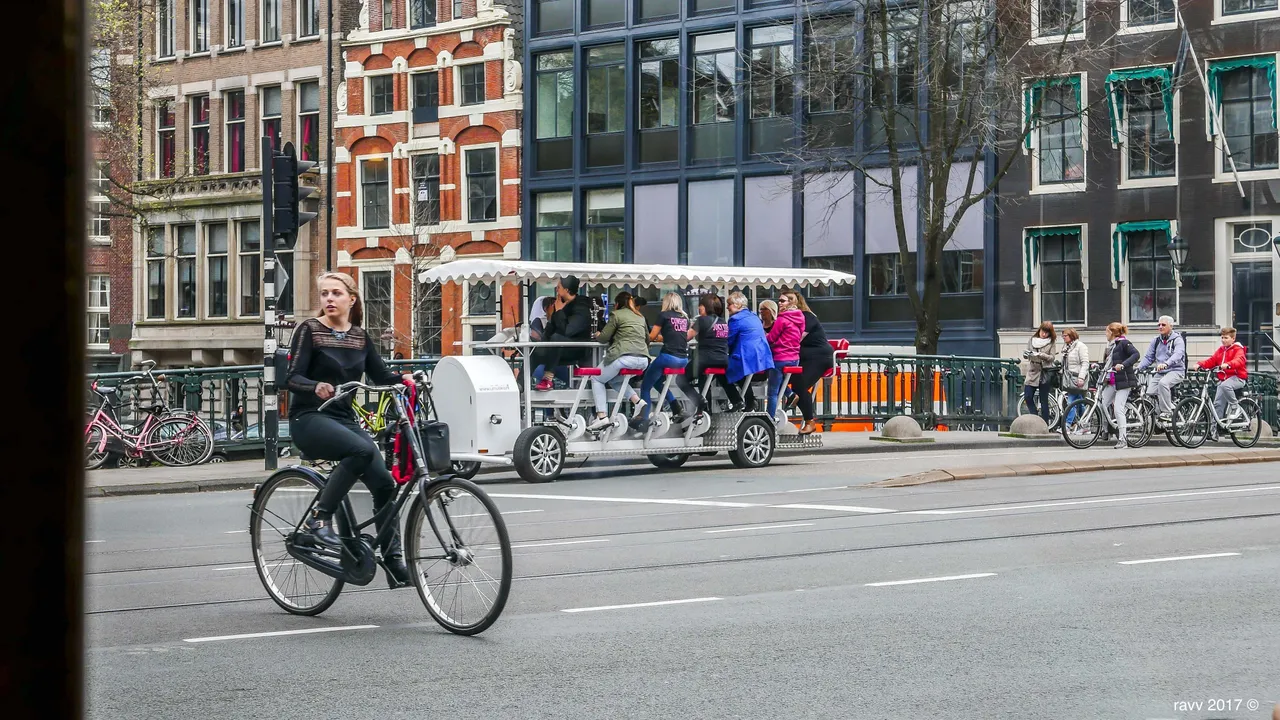
After our energy were drained from walking around inner-city area, we rushed into a cozy café at the corner of the main street. While having our late lunch there, we looked into the street and saw a unique sight. It was drinking while cycling. There were around 10 guys drinking beer while cycling. We later found out that this was known as beer bike. It was a unique culture which would never happen in our country due to the “No drinking and driving rule” and the extremely hot weather!
In the evening, I decided to invite my dad to try something that was allowed in Amsterdam, in what is known as “coffee shop.” Not knowing exactly what it was, my Dad denied as he had a latte an hour ago.
I told him that this was a different kind of coffee shop :)
It was a unique experience for us and we both lost track of time. My Mom did not join us and chose to take pictures of the nearby area until sunset.
We had dinner before heading back to rest at the hotel. I couldn’t recall exactly what we had for dinner, but it was one of the most delicious meals :P.
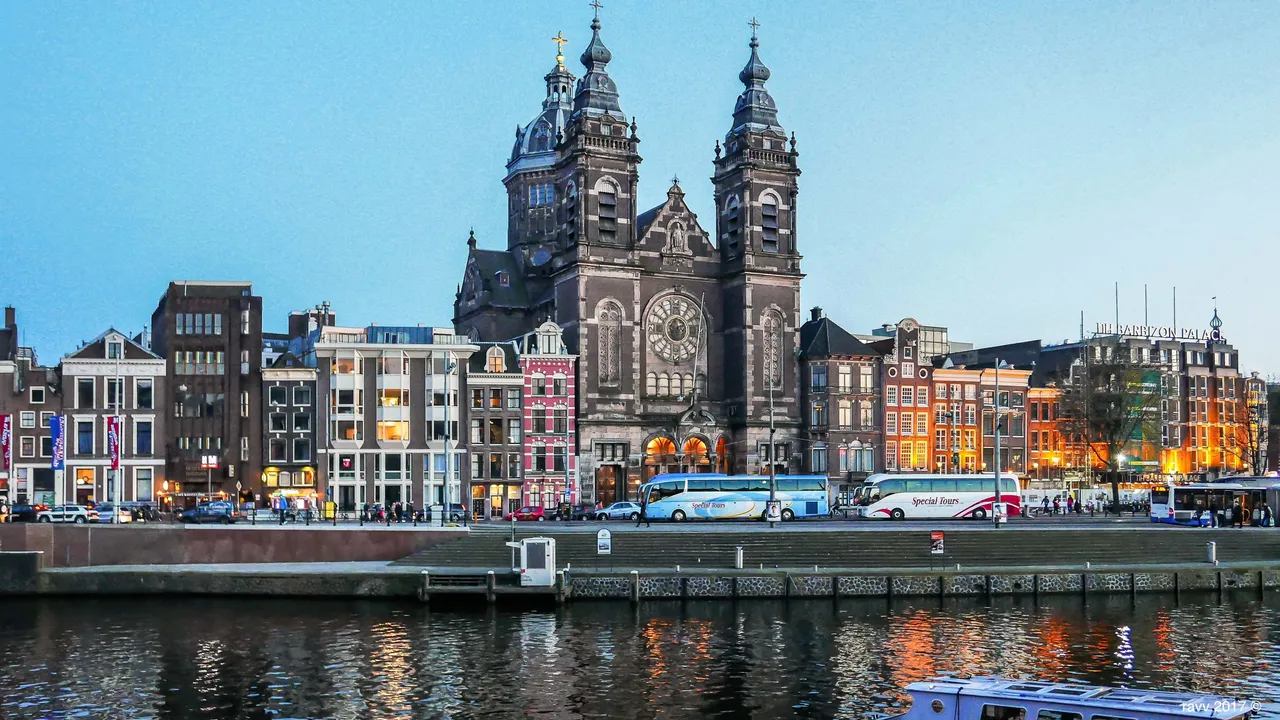
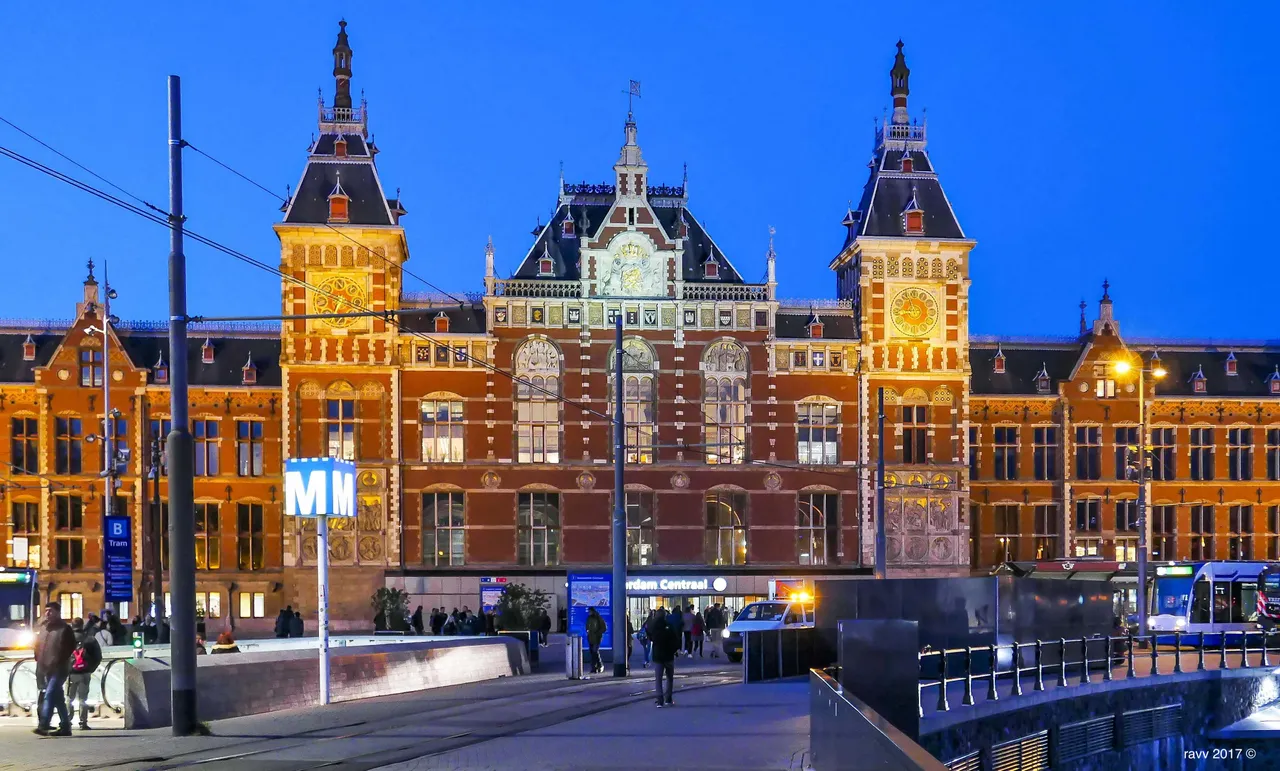
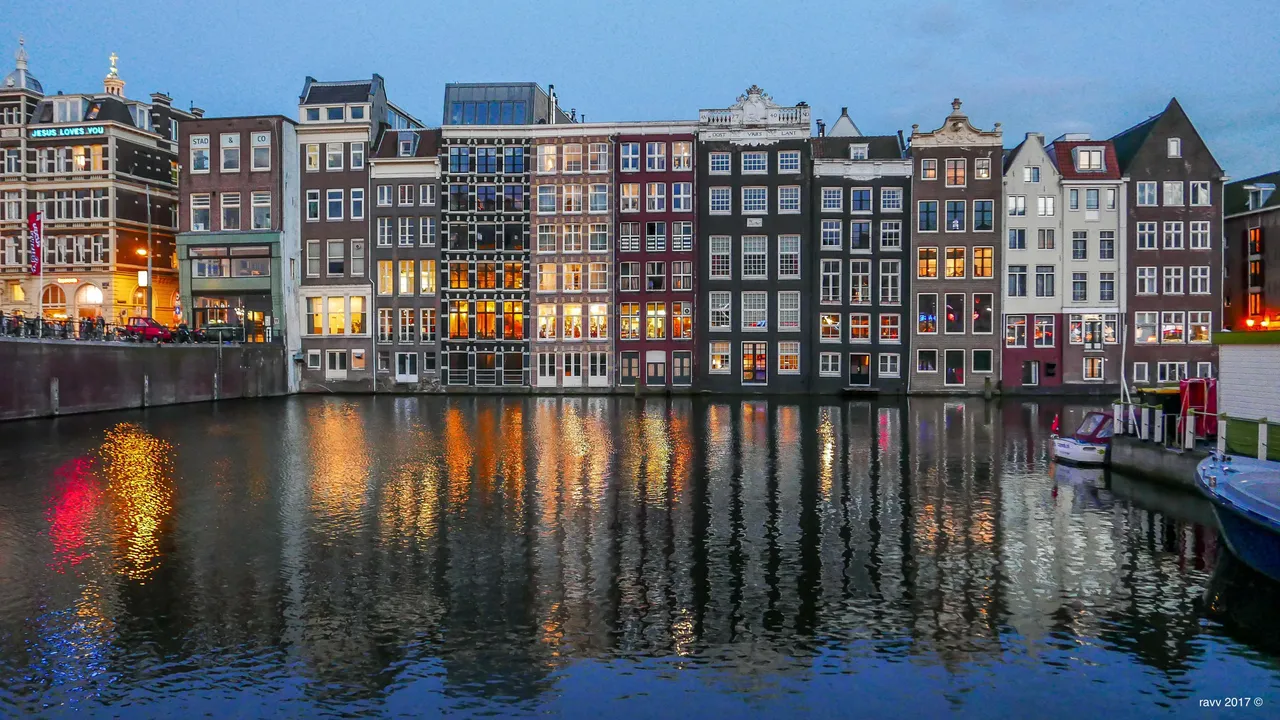
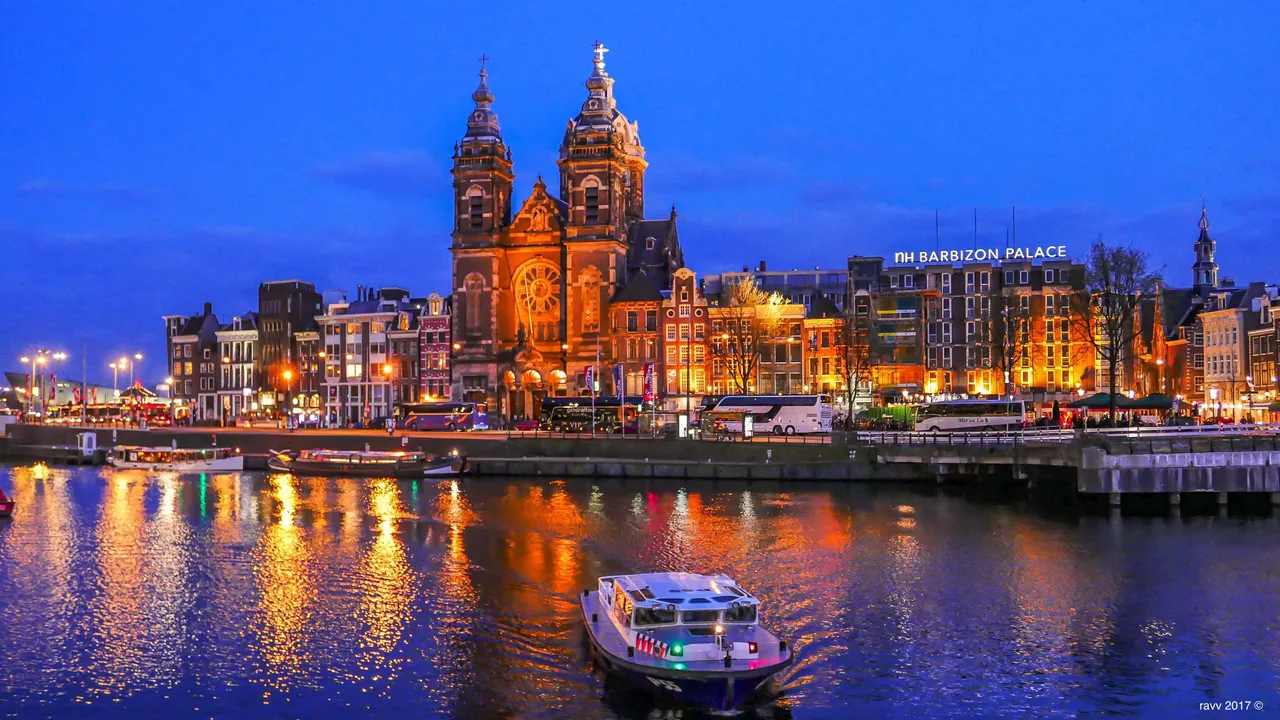
Amsterdam was even more elegant in the evening, and my Mom was able to capture them.